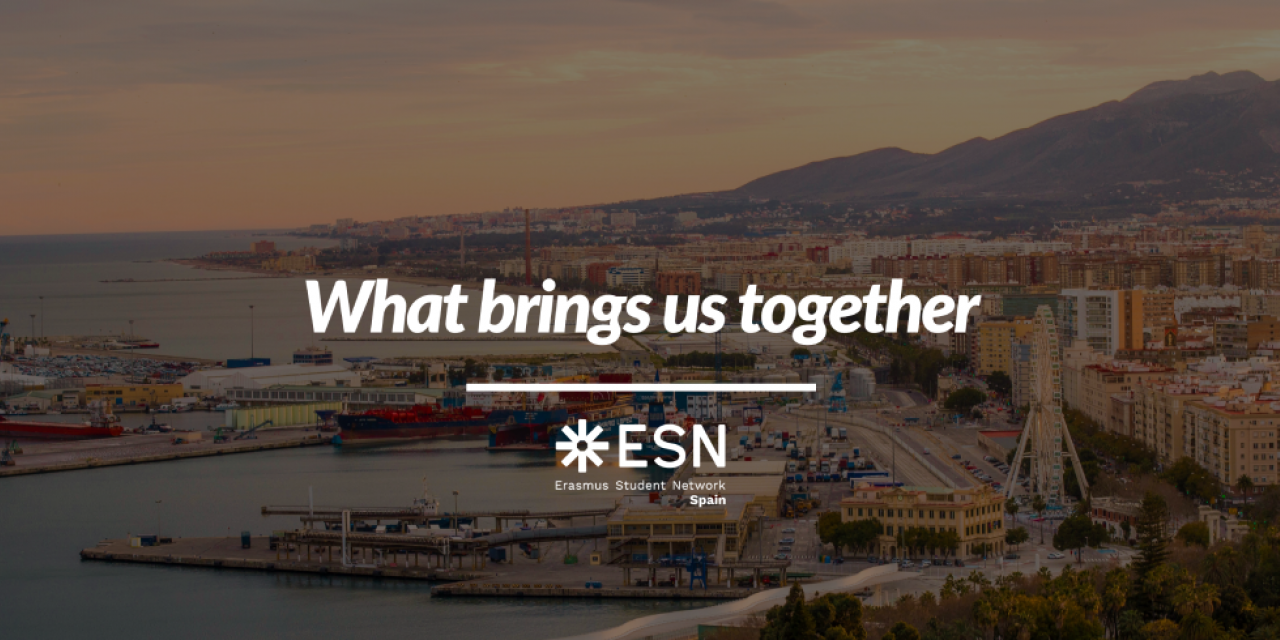
Since the Schuman Declaration, the first speech uttered in pursuit of a United Europe, was stated on May 9th 1950, the feeling of Europe and being European has grown stronger. Every year, for the past 40 years, European Day has been celebrated on this date, but what is the true meaning of being European?
In recent years, we have seen how this question has been raised and challenged by all sorts of people and political parties in every and each of the countries, belonging or not to the European Union, and worldwide. Not only would it be foolish to attempt to talk about the “purity of a nation or race” in a world where globalisation, multiculturalism and the merging of people is widespread. Human history, and more even so that of European countries, cannot overlook the fact that we are but the result of thousands of years of various and varied cultures and people coming together.
In this post we want to address the importance of knowing about the history of a country and acknowledging the influence each culture has had on it. Like the British author Benjamin Zephania wrote, take some of these and those people,
“Then add to the melting pot.
Leave the ingredients to simmer.
As they mix and blend [...]
Add some unity, understanding,
and respect for the future,
Serve with justice
And enjoy.” (The British - serves 60 million)
We will do so by exemplifying the case of Spain and analysing the ingredients of this recipe and the flavours each of them has left on the overall taste. Beginning with the original inhabitants of the peninsula, through more than 2,000 years of history and cultural exchange, up to the last effects of the 21st century migratory movements and the internationalisation of societies.
Long before the Romans arrived to the Iberian Peninsula, several Iberian and Celtic tribes coexisted there, together with Greek and Phoenician colonies, who already practised cultural exchange, enriching each other and learning from one another.
Many regions in Spain have different remnants from these civilisations, such as the Aqueduct of Segovia or the Roman Theatre in Cartagena. In Cartagena, they even have a celebration called “Carthaginians and Romans”, where they celebrate the historical past of the city. As you can imagine, the name Cartagena comes from Cartago Nova, the name the city used to have more than 2,200 years ago.
The names of many cities in Spain come from the Roman age, but also from Al-Andalus, the name the Arabs gave to Spain during the 8 centuries they lived here. You can still see their influence, mainly, in the architecture and food of different places. This influence is more remarkable in the south. Cities such as Granada, Cordoba or Seville are some of the greatest examples of the Arab legacy in our country. You may also find examples of this legacy in other areas of Spain, such as in Zaragoza or Valencia.
One of the most important cities in Spain where you can enjoy the heritage of the different cultures that have lived in our country at some point is Toledo. Also known as the City of the Three Cultures, Toledo is a showcase of the Arabs, Jewish and Catholics living in Spain for several centuries.
The culture is highly associated with the language. Many words and idioms in Spanish come from the connection of cultures and different people. Nowadays, you can also find areas with another official language, besides Spanish: Basque, Galician and Catalan-Valencian. The coexistence of these languages is also living proof of the history of the different regions in Spain. Accents and idioms change a lot from one area to another, so it is very interesting and enriching to learn about them.
The Spanish people have also been influenced by the different cultures and the fact that we have learnt to accept and live with different people. Spain is a very open and varied country. Younger generations are more inclusive day by day. It doesn’t matter where you are from, you can always feel at home in Spain. Our way of living, our culture, our music, our architecture, our food, … everything is connected to our past, but also looking into the future. Mixing different traditions and cultures from all over Europe and the world is what keeps the Spanish culture evolving, but embracing our past.
These examples of multiculturalism can also be found in Europe, the continent where different cultures meet, converse, and look for a future together. We encourage you to go out and look for the different styles and influences from the past in your now second home city.
These differences are part of the magic of Spain, we look at our differences as the place where we meet, not where we split.

